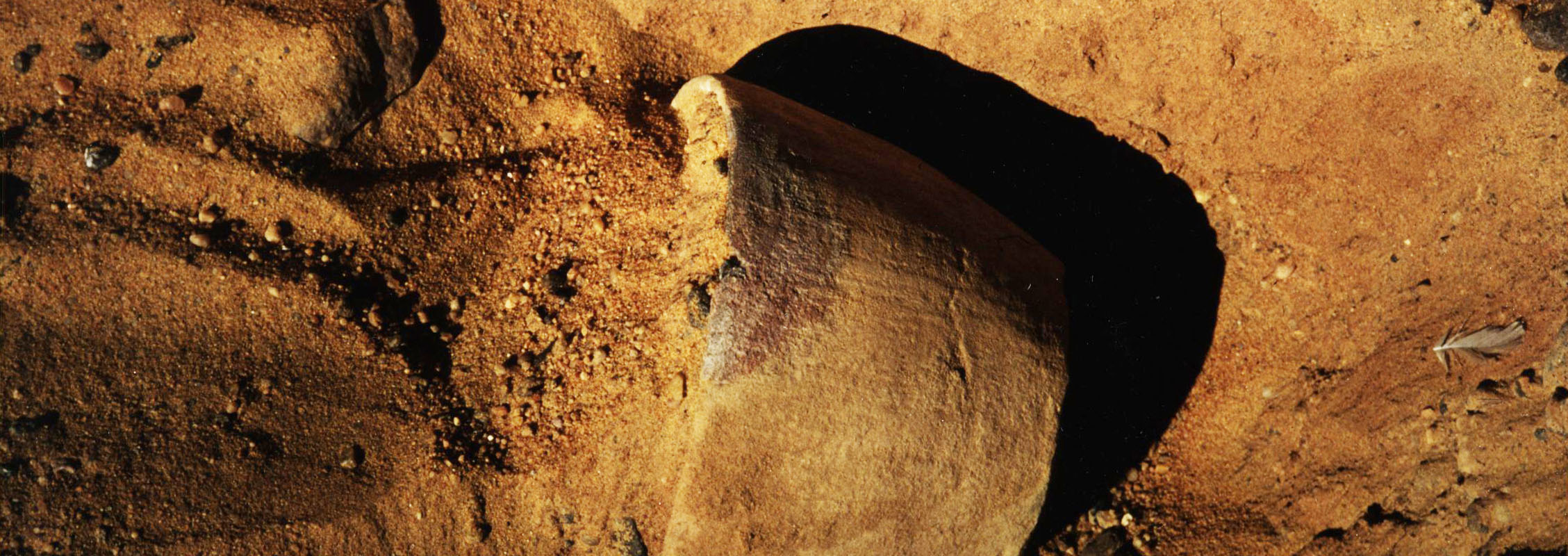Clayton Rings and ancient beekeeping. An ethno-zoological contribution
https://doi.org/10.34780/joga.v2020i0.1004
Abstract
The paper deals with the use of the still enigmatic “Clayton Rings” found on about 50 sites of the Central Sahara, most of them in the Libyan desert. According to hypotheses made so far, the ceramics, which are supposedly related to special subsistence strategies in an arid environment, have served for food procurement. In our ethno-biological approach, we will revisit one of these hypotheses dealing with beekeeping and honey production. In so doing, we will compare the ceramics to different mud- or clay-hives from the Mediterranean area and relate their use to the occurrence of Apis mellifera sahariensis, a subspecies of the honeybee and probable relic of a former bee-population widespread over nowadays Sahara. We conclude that the use of the enigmatic ceramics as hives may seem the most probable solution to their mystery.
Keywords:
Clayton rings, Central Sahara, beekeeping, honeybee, ceramic





